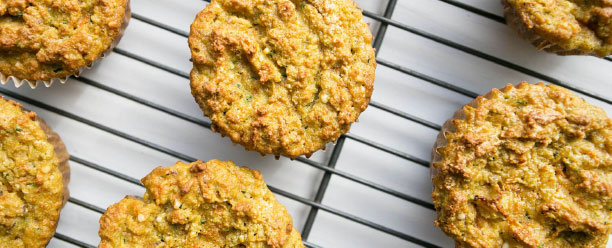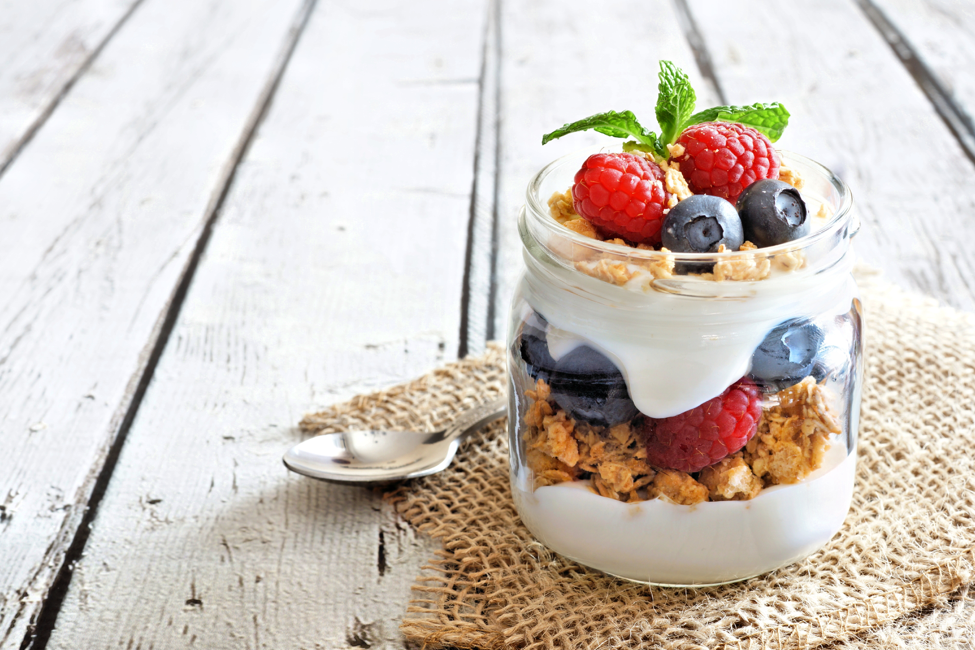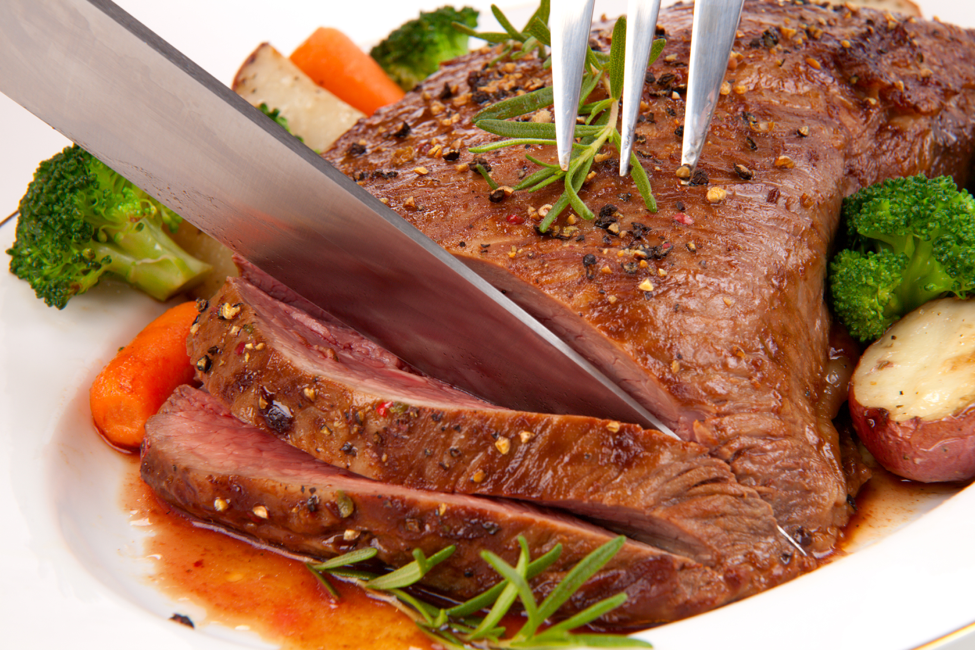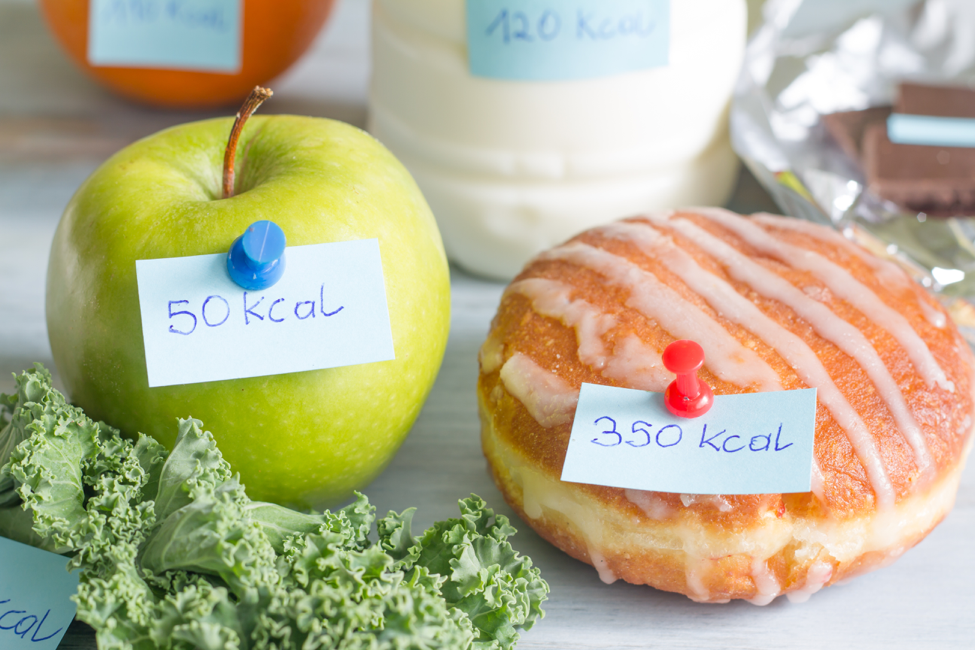How to Make Raspberry Coconut Ice Cream
3 ingredients | 5 minutes | 4 servings Ingredients 1 1/2 cups Frozen Raspberries 1 tbsp Maple Syrup 1 1/2 cups Organic Coconut Milk (full fat, refrigerated overnight) Directions Scrape the coconut cream from the top of the can into a blender or food processor. The cream should have separated from the coconut juice after being refrigerated. Add raspberries and maple syrup to blender and blend until very smooth and creamy, occasionally scraping down the sides. You may add 1 tbsp of coconut water at a time (leftover from your can) if the blender/processor gets stuck. Do not add more than 1/3 cup. Scoop into a bowl and enjoy immediately as soft serve or for firmer ice cream, place in an airtight, freezer-safe container and freeze for at least 1 hour before scooping. Notes Make it Chunky - Chop and add fresh or thawed raspberries to the final mixture. No Coconut - Use frozen banana slices instead.









